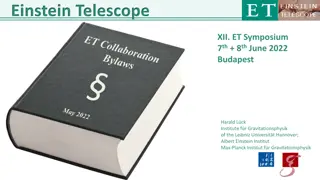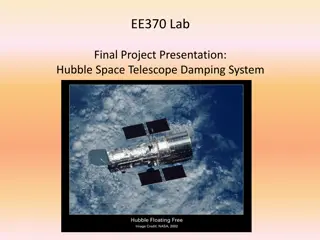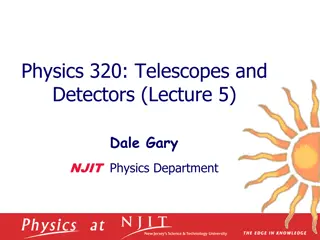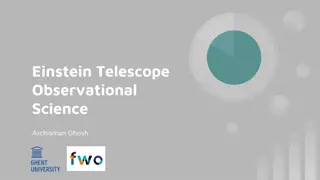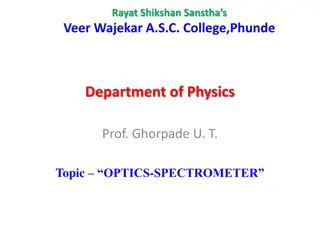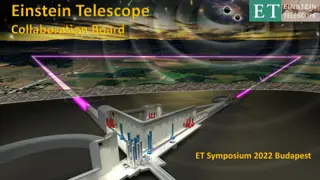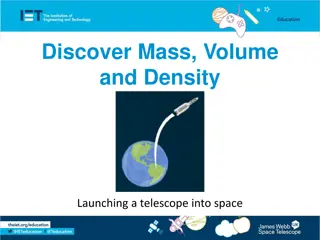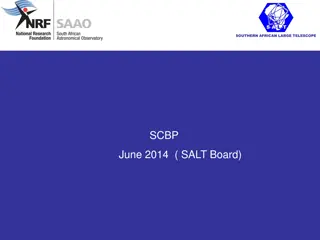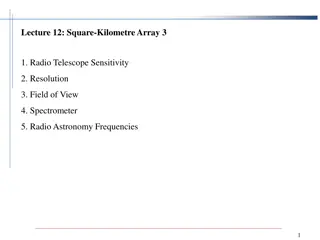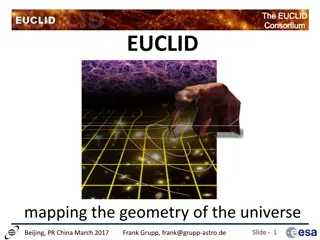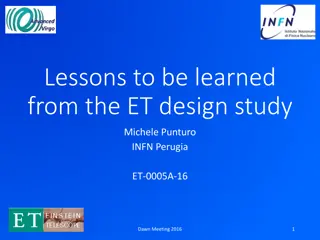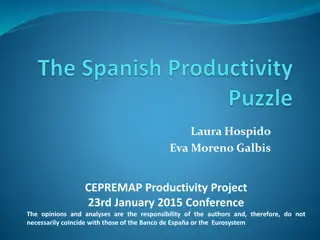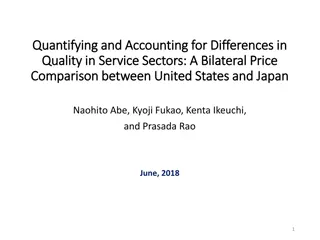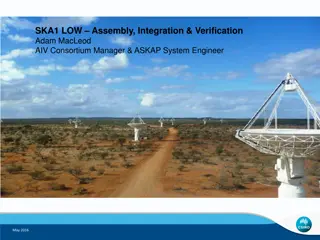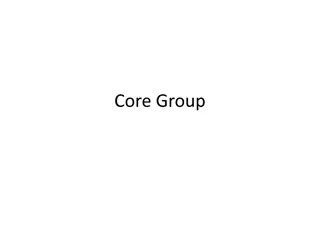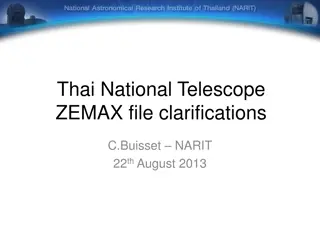Telescope Productivity and Impact Analysis 2017-2021
This update analyzes telescope productivity and impact in the field of Astronomy and Astrophysics from 2017 to 2021. It includes data on publications, citations, productivity per telescope, and impact of papers. Insights on high impact papers and inequality in impact distribution are also discussed in this detailed report.
Download Presentation

Please find below an Image/Link to download the presentation.
The content on the website is provided AS IS for your information and personal use only. It may not be sold, licensed, or shared on other websites without obtaining consent from the author.If you encounter any issues during the download, it is possible that the publisher has removed the file from their server.
You are allowed to download the files provided on this website for personal or commercial use, subject to the condition that they are used lawfully. All files are the property of their respective owners.
The content on the website is provided AS IS for your information and personal use only. It may not be sold, licensed, or shared on other websites without obtaining consent from the author.
E N D
Presentation Transcript
Observatory Publications October 2023 Update 2017 -2021 Dennis Crabtree NRC Herzberg Astronomy & Astrophysics
Introduction This update includes data for 2017 2021 publications Citations updated September 2023 SDSS and LOFAR now included! AAT and UKIRT not included Productivity numbers for multi-telescope facilities divided by the # of telescopes to give productivity per telescope. ApJused as the journal used to normalize citations for the age effect . The impact of a paper is the ratio of the number of citations that paper has received to the citation count for the median ApJ paper of the same year AIPP Average Impact per Paper; MIPP Median Impact per Paper Dennis Crabtree
Productivity The following slide shows telescope productivity for the period 2017 2021 Productivity is the number of papers per telescope multi-telescope facilities such as Keck have their numbers normalized ALMA s productivity appears to have levelled off HST continues to be a paper producing machine! Dennis Crabtree
Impact The following two slides show telescope impact per paper Recall that impact of a paper is defined as the number of citations to the paper divided by the number of citations received by the median ApJ paper of the same year The next slide show Average Impact per Paper (AIPP) and Median Impact per Paper (MIPP) for the 5-year period It also shows the Gini coefficient which is a measure of inequality in the impact distribution The second following slide is a box and whisker plot. The line is the AIPP while the line inside the box is the MIPP. The ends of the box represent the upper and lower quartile while end of the whiskers represent the 0.1 and 0.9 quantiles
High Impact Papers Another performance metric is the number or fraction of high impact papers I define a paper as being high impact if it is in the 90th percentile of the complete distribution of papers The following plot shows the percentage of a telescope s papers that are high impact for each telescope
Single Telescope Papers Single telescope (ST) papers are those that are based on data from a single telescope The plot on the following page compares ST papers to all papers for each telescope The purple line is the % of ST papers. The orange line is the ratio of AIPP for ST papers to AIPP for all papers On average ST papers represent 41% of a telescope s bibliography and these papers have an impact of 79% that of all papers The bottom two lines show the % of high impact papers for ST(teal) and all papers (green). In general a smaller fraction of ST papers are high impact
Number of Authors The next slide displays the # of paper and the ln(AIPP) vs the # of authors The decline in single author papers continues there are almost as many papers with 17 authors as single author papers. (For 2013-2017 almost as many papers with 15 authors as single author papers) The distribution of AIPP is close to log-normal. The ln(AIPP) is shown with the standard error of this variable. The mean impact of a paper increases with the number of authors
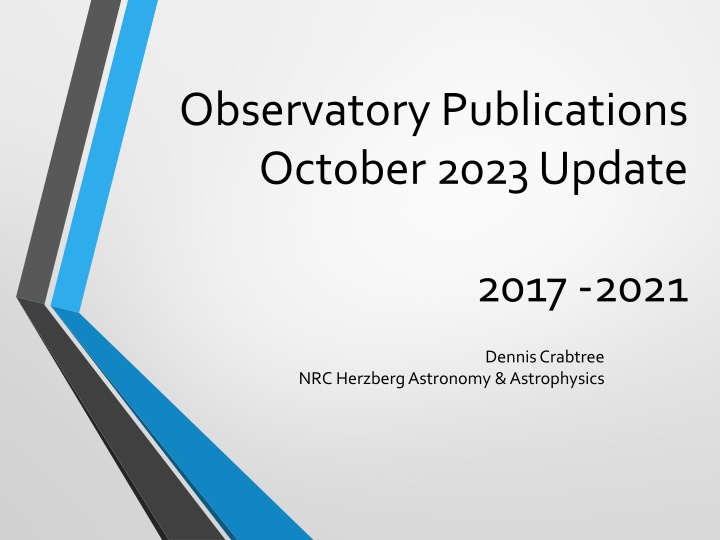

![get⚡[PDF]❤ The Hubble Space Telescope: From Concept to Success (Springer Praxis](/thumb/21514/get-pdf-the-hubble-space-telescope-from-concept-to-success-springer-praxis.jpg)
